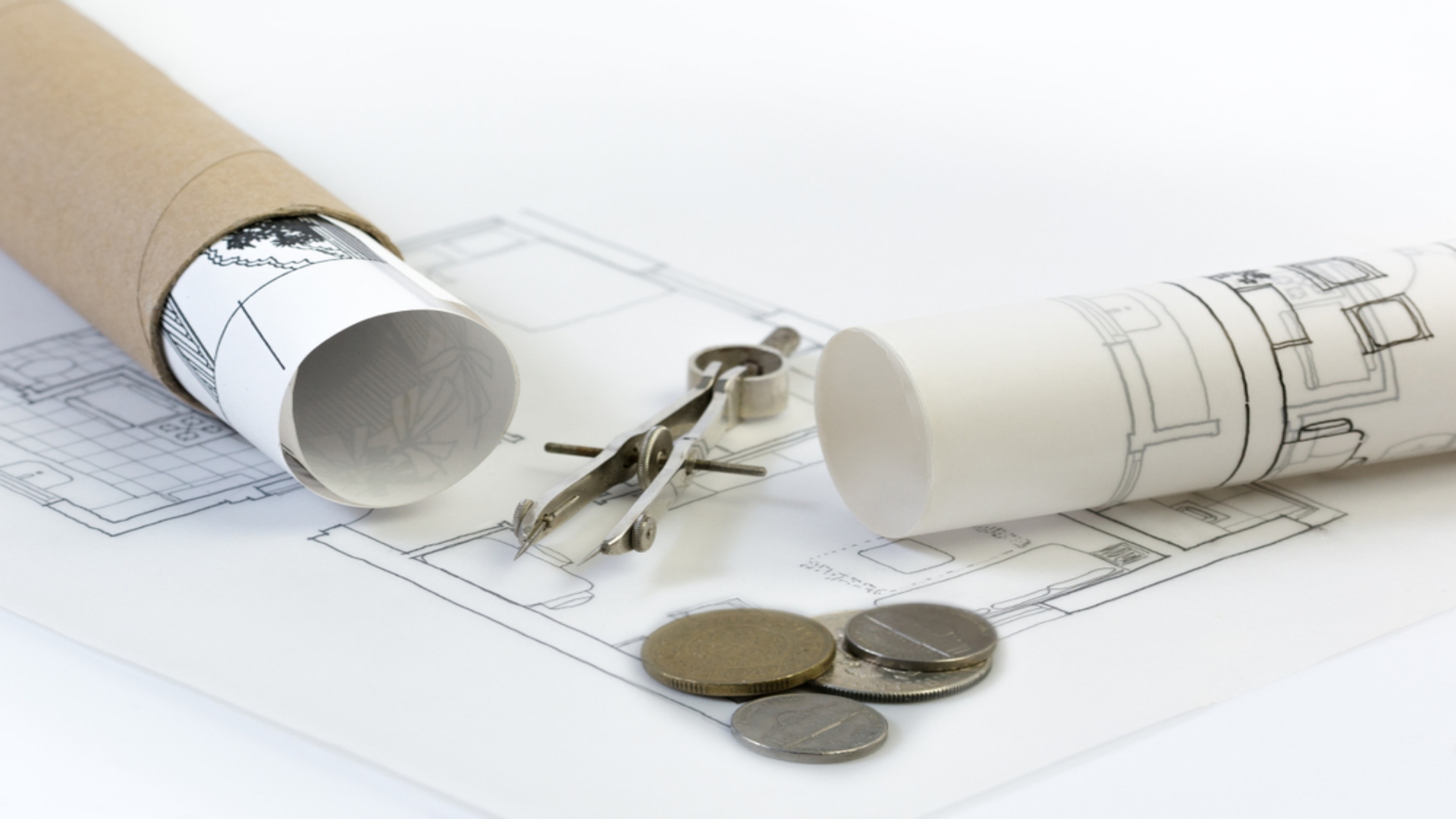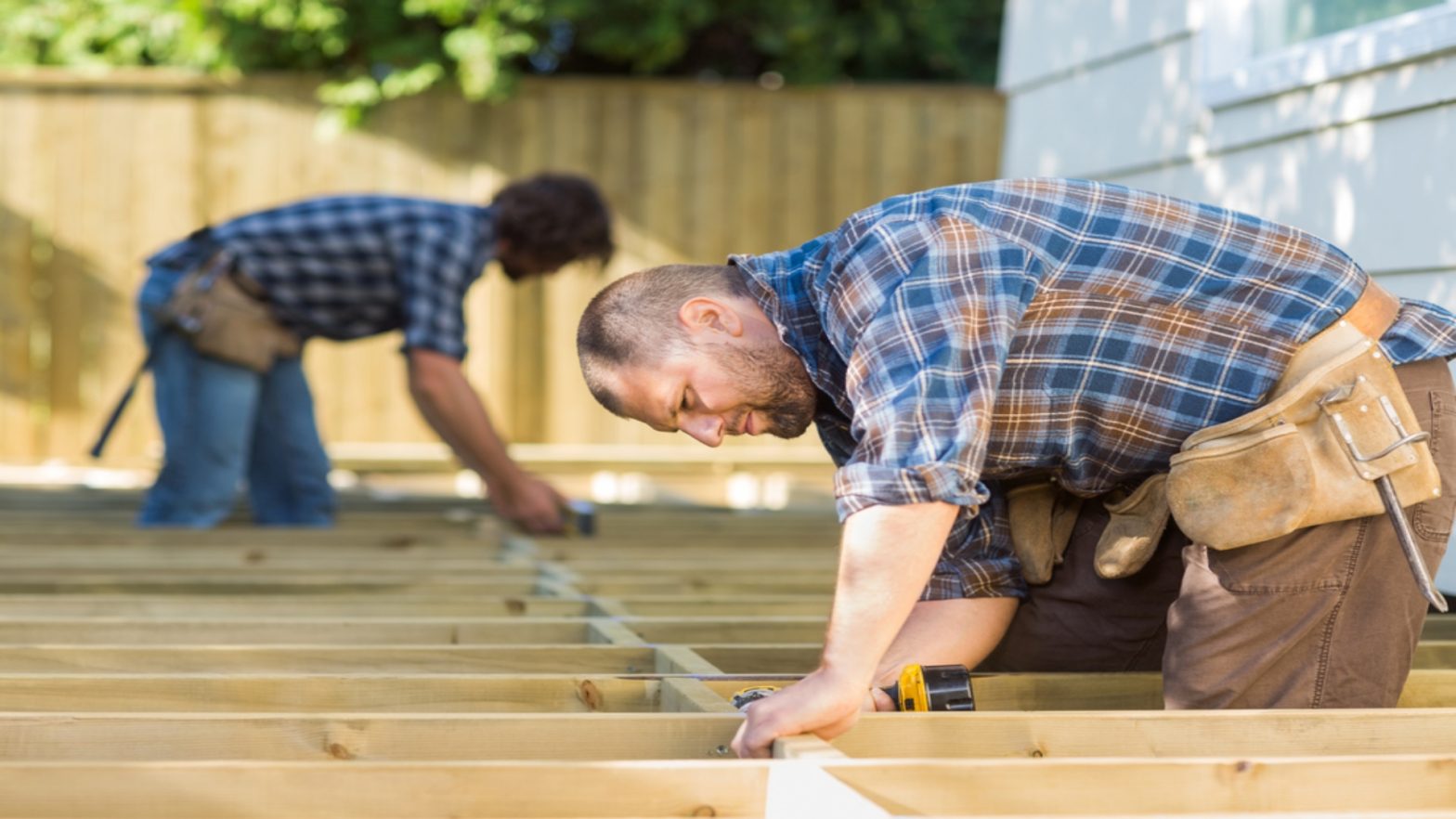To understand a broad picture of today’s US home remodeling market, we should look at it from a COVID and post-COVID perspective. The pandemic triggered significant spending on home improvements as Americans rushed to accommodate their living spaces for work, education, and in-house leisure, leading to an unprecedented $420 billion expenditure in 2020.
Although infection rates dropped in 2021 and people returned to public spaces, the home remodeling market has seen another surge, hitting the $500 billion mark. The increase in home equity, together with a remote work trend, made it happen. In 2022, social life returned to an average pace. But at the same time, the home improvement sector saw another notable growth of 15%, bringing the market coverage to $567 billion.
In 2023, with many people returning to office-based work and the housing market experiencing a never-seen-before slowdown due to rising interest rates and inflation, the spike in homeowner activity is finally waning. According to the Leading Indicator of Remodeling Activity (LIRA), the home remodeling industry will anticipate a continuous drop in homeowners’ spending on improvements. Thus, a decline of 2.7% in the first quarter of next year and 5.9% in the second quarter is forecast.
You may be wondering what implications the current market situation may have for homeowners or those looking to move into their own homes soon. This forecasting article sheds light on this question. So read on to outline your home buying strategy this year and determine the remodeling budgets with confidence.
The Expected Interplay of Housing Market Shifts and Home Improvement Spending
Real estate experts share the opinion that the housing market will endure difficulties in 2024 due to skyrocketing home prices and sky-high mortgage rates. Another issue is a severe shortage of the housing inventory seen these days. Homeowners don’t want to put their property on the market because inflation can easily eat up their funds, and they are unlikely to be able to move into a larger home. If we want to see any notable improvement in the real estate market, multiple new houses should be built at an unprecedented rate, which is impossible in the current economic environment. These conditions mean we won’t see a shift from a seller’s real estate market to a buyer’s real estate market anytime soon. On top of that, house prices are forecast to rise by around 3-4%, which will also put pressure on housing stock and home improvement spending.
As homeowners have to deal with high mortgage rates and uncertain market conditions, non-essential home renovation expenses may be cut. Moreover, potential buyers may be less willing to invest in home improvement projects due to financial constraints and a lack of options in the market. Home sales typically trigger the lion’s share of home improvements. Thus, stagnant home sales can explain the decline in renovation projects.
Understanding the Changing Landscape of the Professional Home Improvement Market in 2024
The ongoing decline in home improvement spending can affect the market of professional home renovation and maintenance services as well as supply and demand dynamics. While the pandemic has caused material prices to skyrocket due to a surge in home improvement projects and labor shortages, experts advise not to expect an immediate decline in the cost of home improvement services.
Contractor rates are primarily driven by operations and materials costs, which aren’t expected to go down anytime soon. It is not excluded that contractors who need immediate work may reduce their prices. Yet, homeowners should exercise caution, ensuring that no crucial steps are skipped to offset price reduction. For safer options, they can turn to online contractor-matching services that cooperate with only pre-screened home improvement contractors while ensuring their prices align with market averages.
Regarding materials, their cost tends to fluctuate over the course of a year, typically influenced by seasonal demand. The COVID-19 pandemic triggered an unprecedented surge in materials costs due to disruptions in supply chains and heightened demand. Although there has been a slight price decline since the peak, they have not returned to pre-pandemic levels. Experts predict that material costs may never return to pre-pandemic figures due to long-term impacts on production, labor, and global supply chains.
Takeaway
Legacy impacts of the pandemic times, like high material costs and labor shortages, still affect the renovation market and are likely to persist. Therefore, it’s crucial to thoroughly evaluate your financial situation and personal needs before embarking on a renovation project or a new home purchase.
Large-scale renovations could be expensive due to the high material costs and potentially rising contractor rates. Still, some minor updates can be beneficial, especially if they increase the comfort or value of your home without putting a strain on your budget.
At the same time, buying a new property can be challenging, given high mortgage rates, high home prices, and low housing stock. However, if rates take a downturn, buying activity could see an increase, possibly bringing more options to the market.
To sum it up, while renovation provides an opportunity to enhance your living space, current market conditions favor patience and caution when it comes to large-scale projects. Given the current housing market, purchasing a new home may be more viable for those with sufficient financial reserves, especially if mortgage rates decline.

































